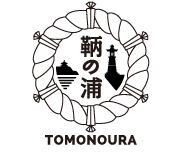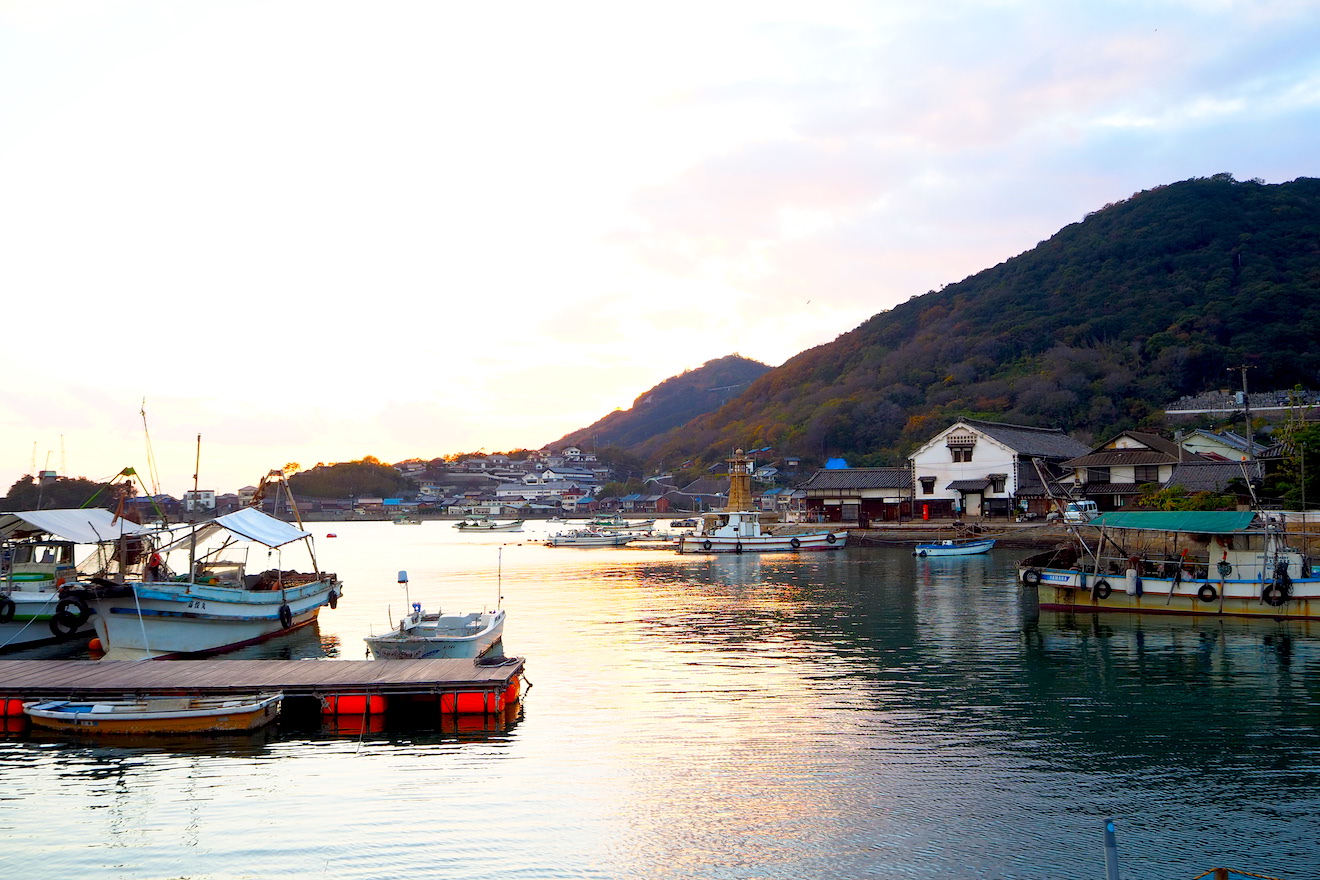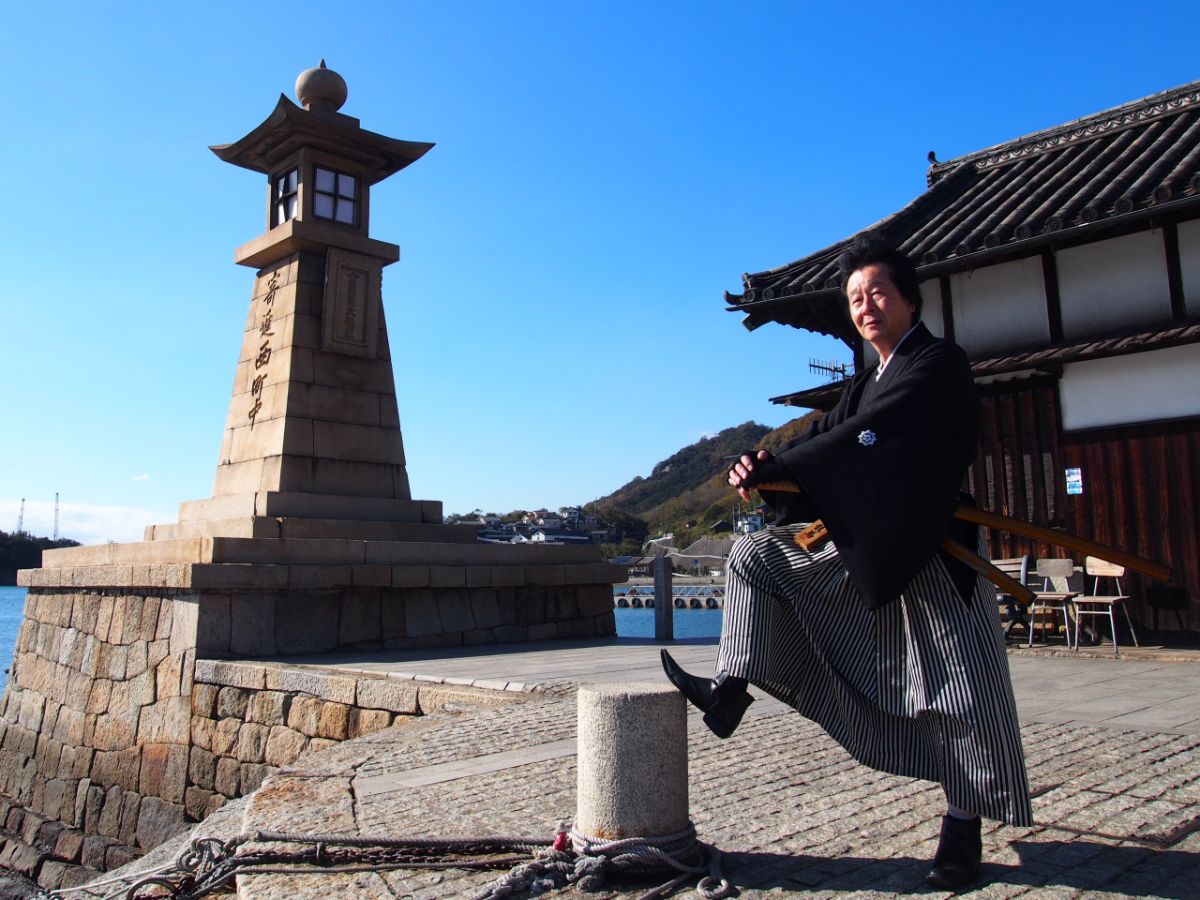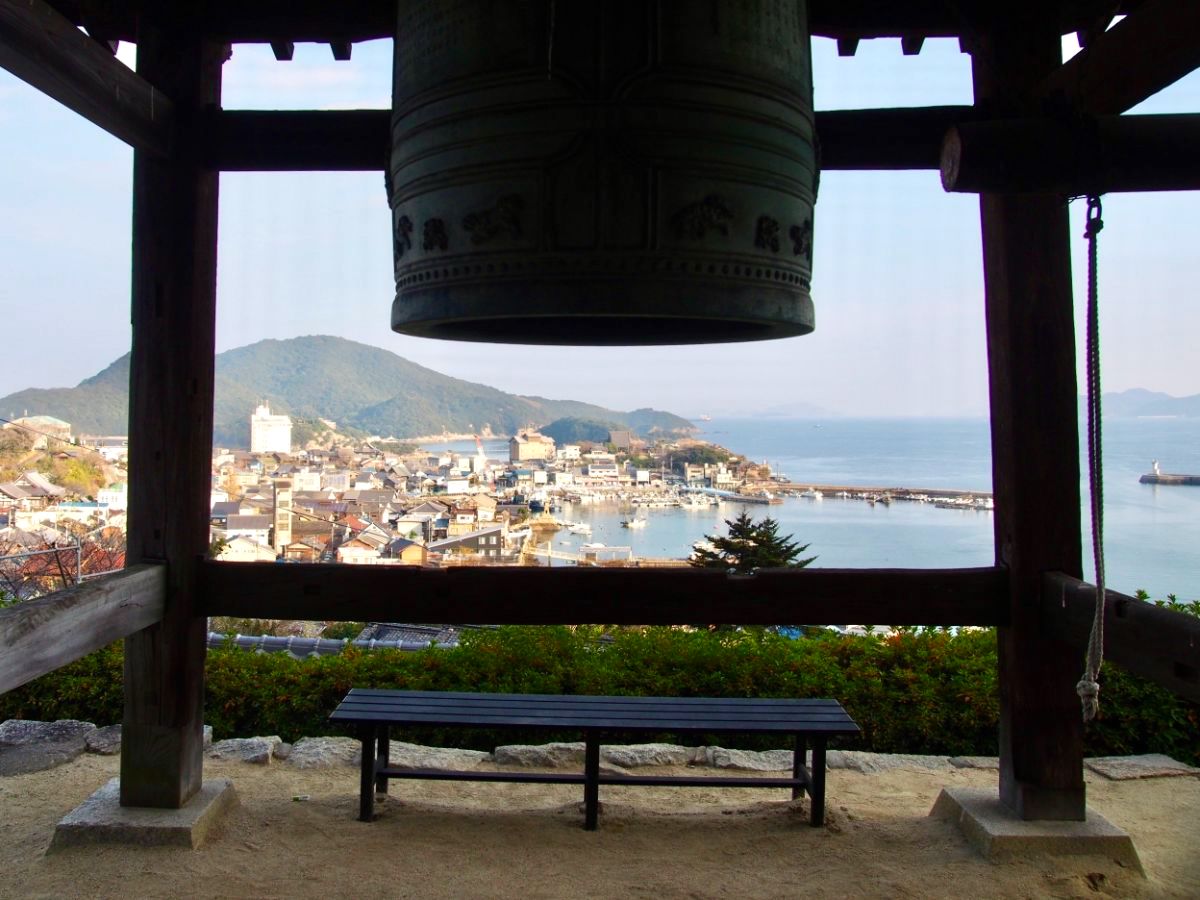Tomonoura prospered as the port of Shiomachi (Tide Waiting) though its appearance has evolved with the changing times. Here is our recommended route to visit historic sites, shrines, and temples related to events from Tomonoura’s history.
A local guide shows you around! Tomonoura history exploration route
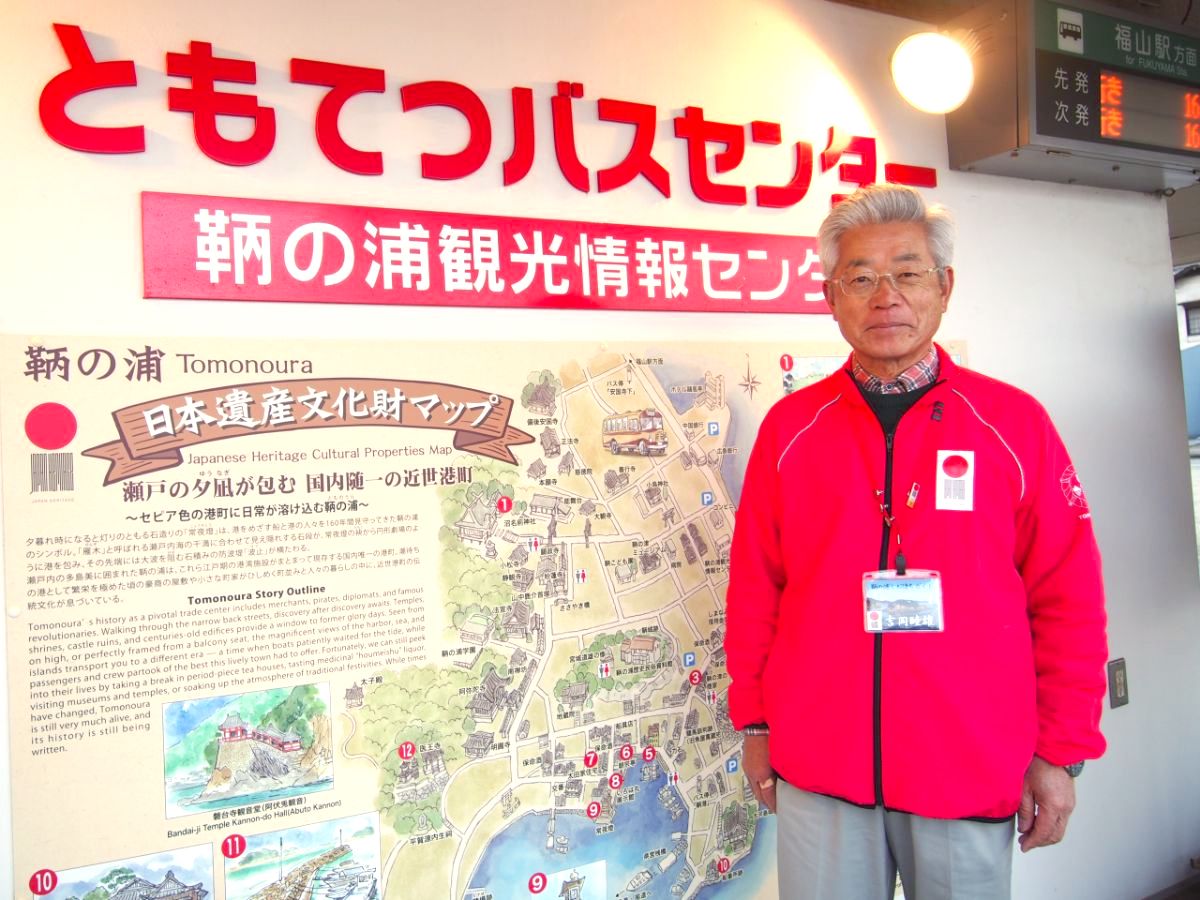
Mutsuo Yoshioka, is one of the recommended local guides of the Tomonoura Shiomachi Guide. Take a tour guided by a professional who knows the local history of the town.
→Town Walking with Tomonoura Guide
A shrine dedicated to the god of swordsmithing – Kogarasu shrine
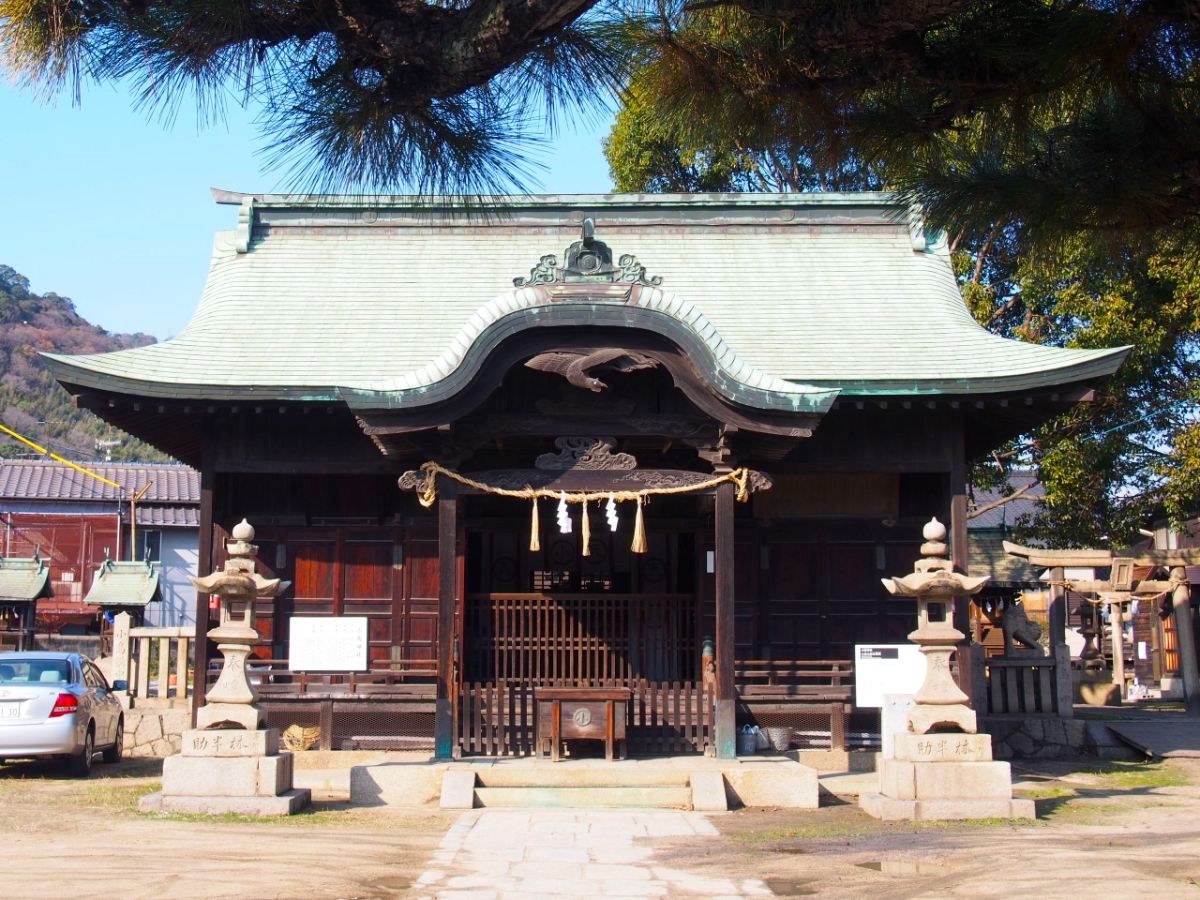
Kogarasu shrine is said to have originated from the deity worshiped by swordsmiths and was an old battlefield during the Northern and Southern courts period.
Kogarasu shrine
Address/ Ushiroji, Tomo-cho, Fukuyama-shi, Hiroshima
An ancient temple containing cultural treasures of Tomonoura – Bingo Ankoku-ji
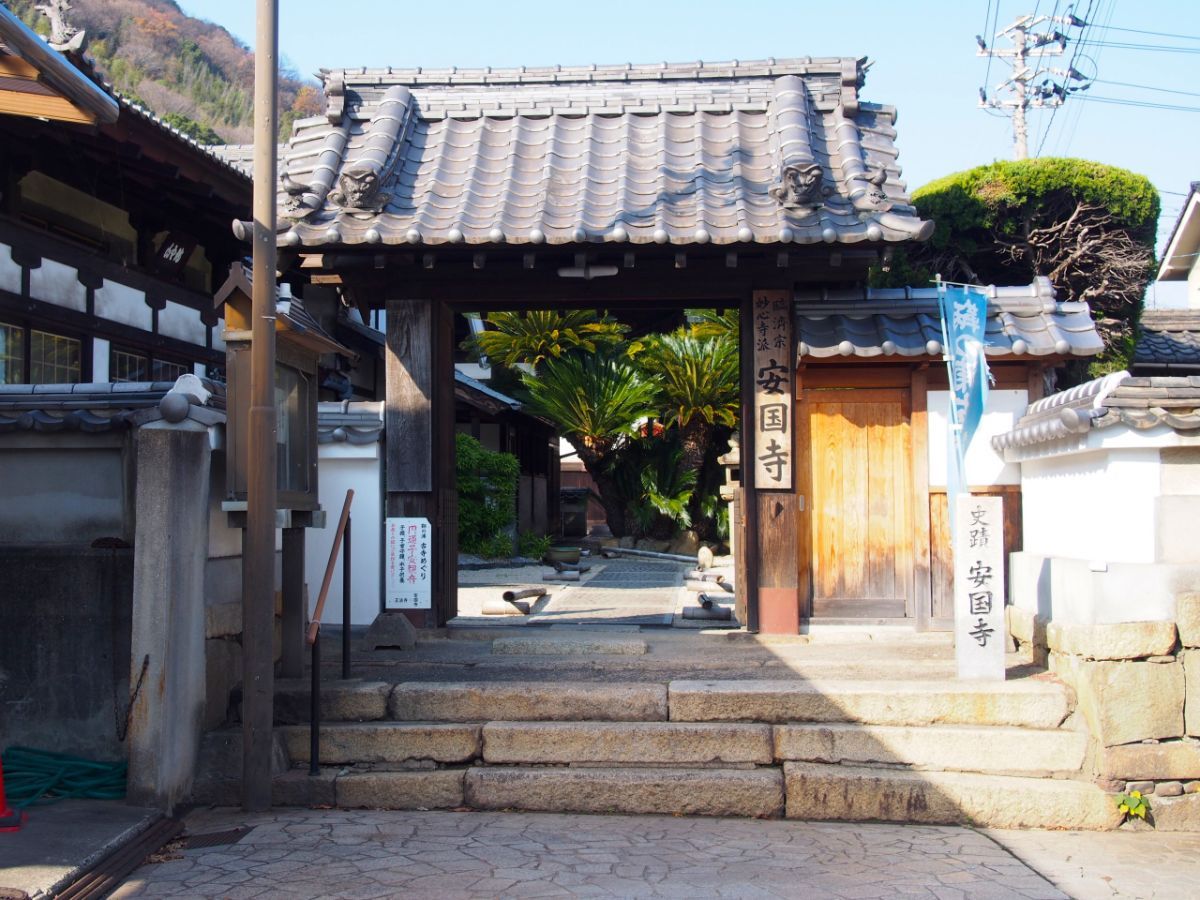
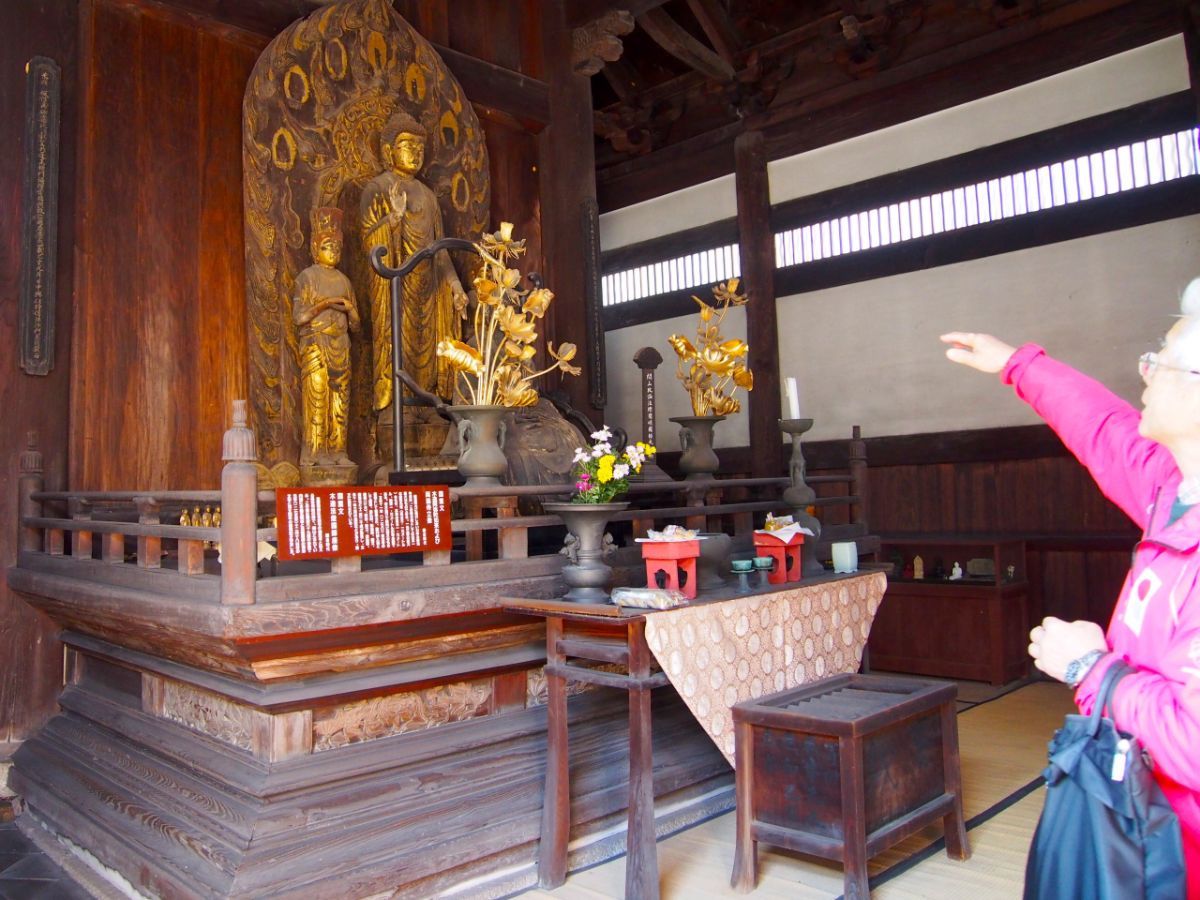
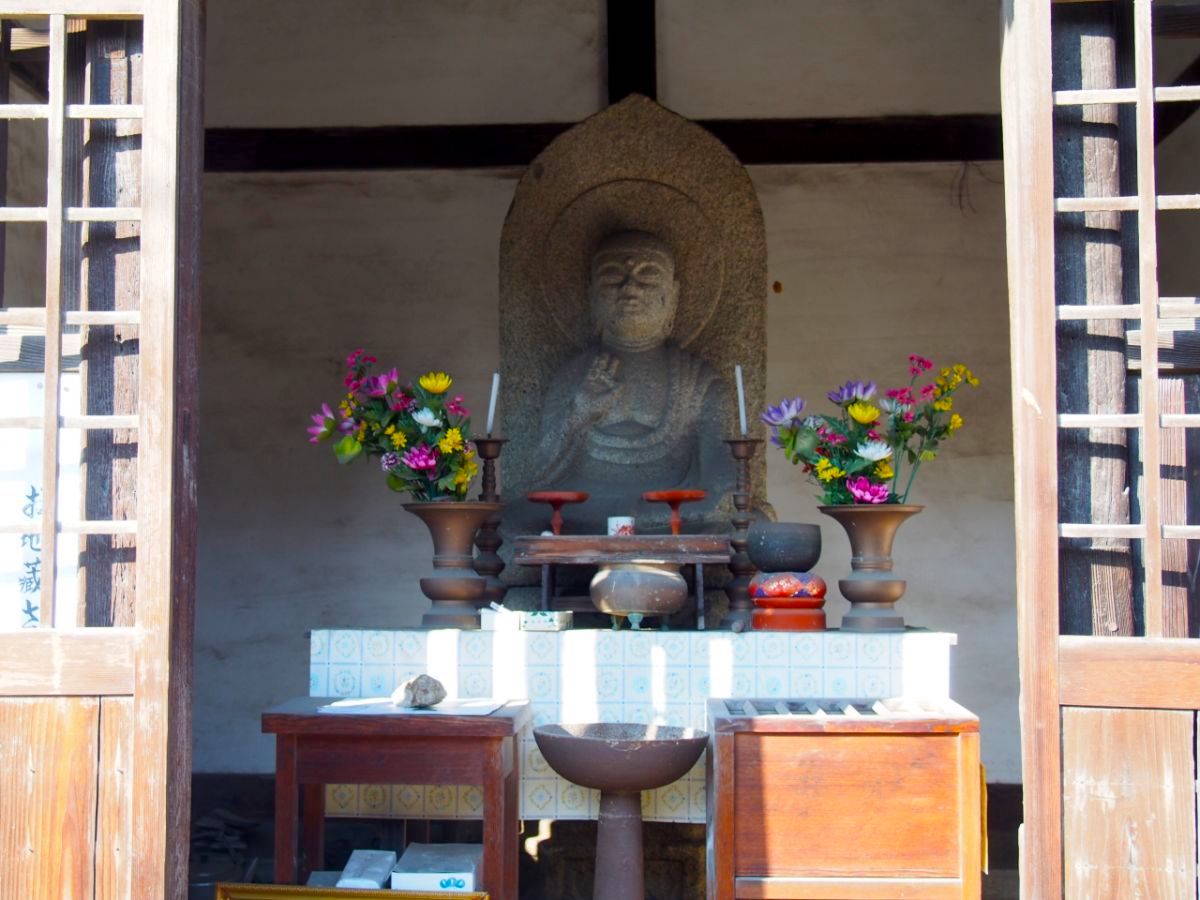
The temple was built in 1273 for the war dead amid the upheaval during the Northern and Southern courts period.
This temple is a treasure trove of cultural assets such as numerous Buddhist statues and its traditional Japanese garden, Karesansui-teien. Mokuzou-hotto-kokushizazou, a wooden Buddhist statue made in 1275 is the oldest chinzo-chokoku (a portrait sculpture) in Japan.
Bingo Ankoku-ji
Address/ 990-1 Ushirodji, Tomo-cho, Fukuyama-shi, Hiroshima
TEL/ 084-982-3207
Opening hours/ 8:00 – 17:00
Admission fee/ general 150 yen, university students 100 yen, high school students and under free
The unique Noh stage in Japan inherited from Hideyoshi ― Nunakuma shrine
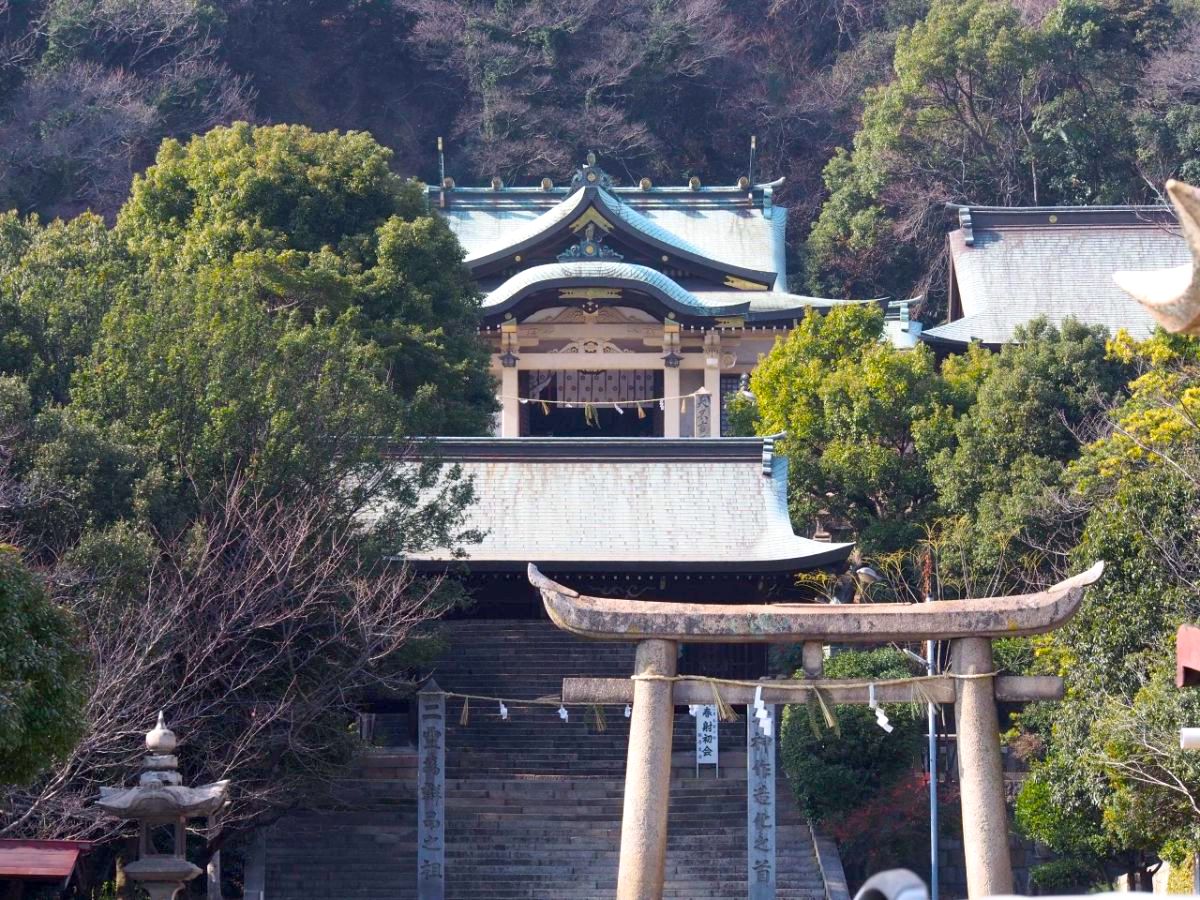
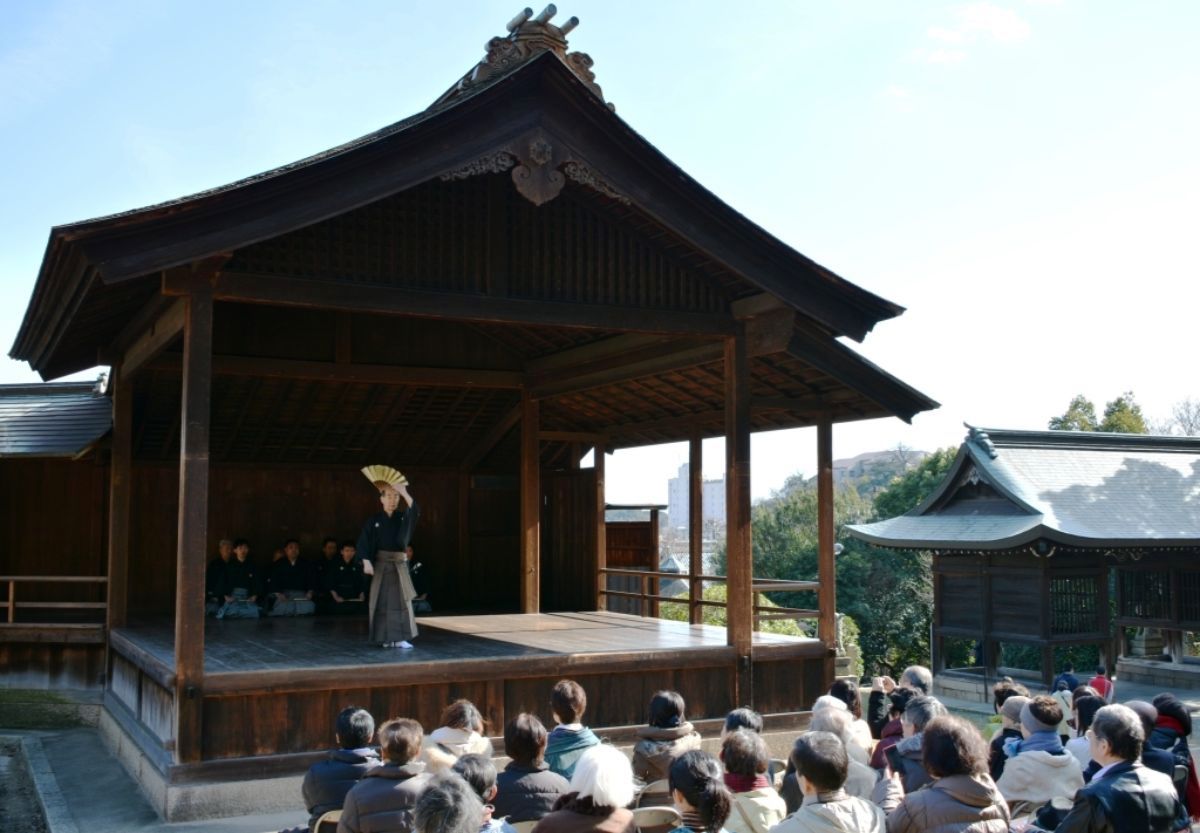
Nunakuma shrine is used as a stage for a variety of Shinto rituals and festivals in Tomonoura, and is believed to be dedicated to maritime safety, prosperity in fishing, home safety, good health, academic achievement, and easy delivery during childbirth.
Nunakuma Shrine
Address/ 1225 Ushiroji, Tomo-cho, Fukuyama-shi, Hiroshima
Tel/ +81-84-982-2050
→“Nunakuma Shrine” a little Gion protecting the town and the sea of Tomonoura
A place where the Muromachi Shogunate was established ― Komatsu-ji
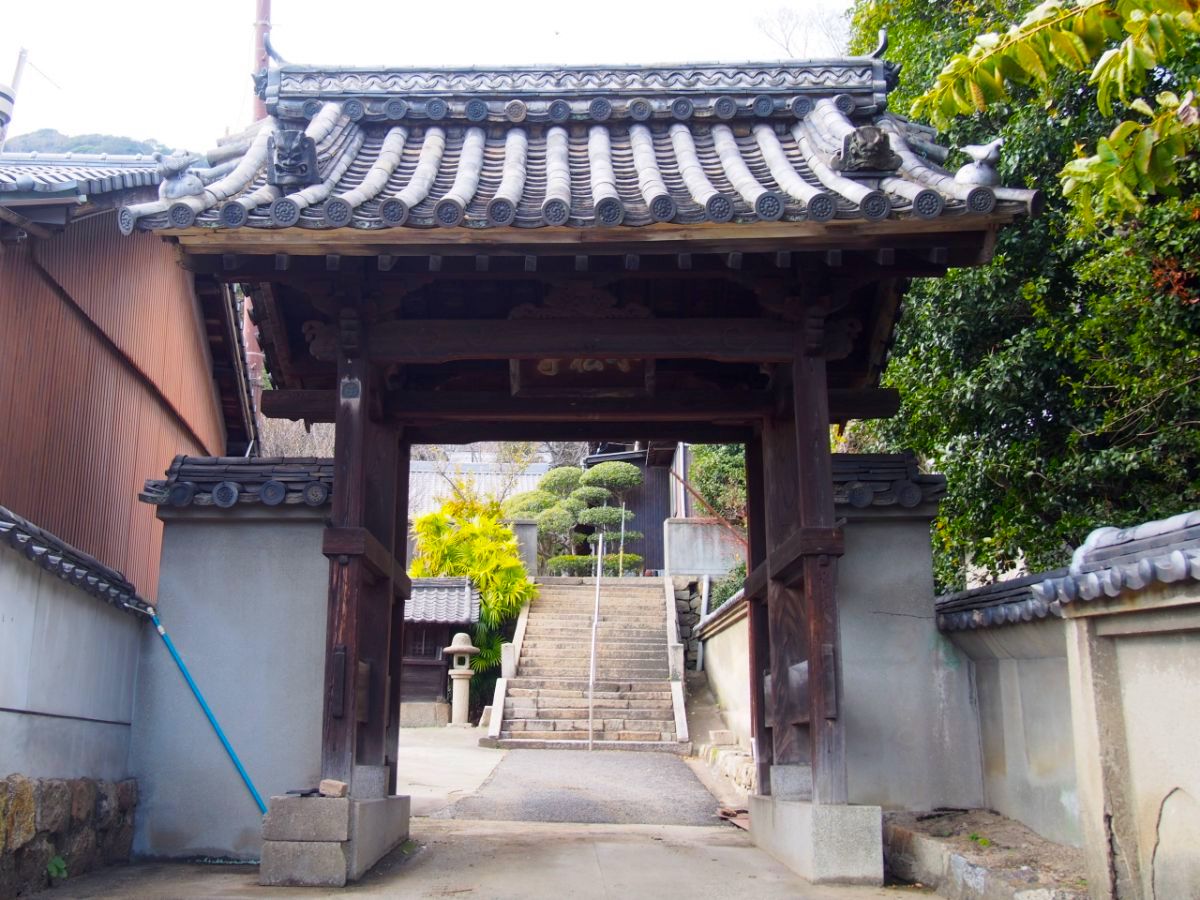
Komatsu-ji (temple) was erected by Taira-no-Shigemori, a bushō (Japanese military commander) in the late Heian period.
This temple inspired Ashikaga Takauji, who was defeated in the battle of Teshimagawara, to mount a counterattack. Yoshiaki, who was the last shogun (a military dictator) of the Ashikaga family, also reached Tomonoura after the battle.
From these anecdotes, the Muromachi shogunate is believed to start and end in Tomonoura.
Komatsu-ji
Address/ 1227 Ushiroji, Tomo-cho, Fukuyama-shi, Hiroshima
TEL/ +81-84-982-3348
The oldest existing temple in Tomonoura ― Joukan-ji
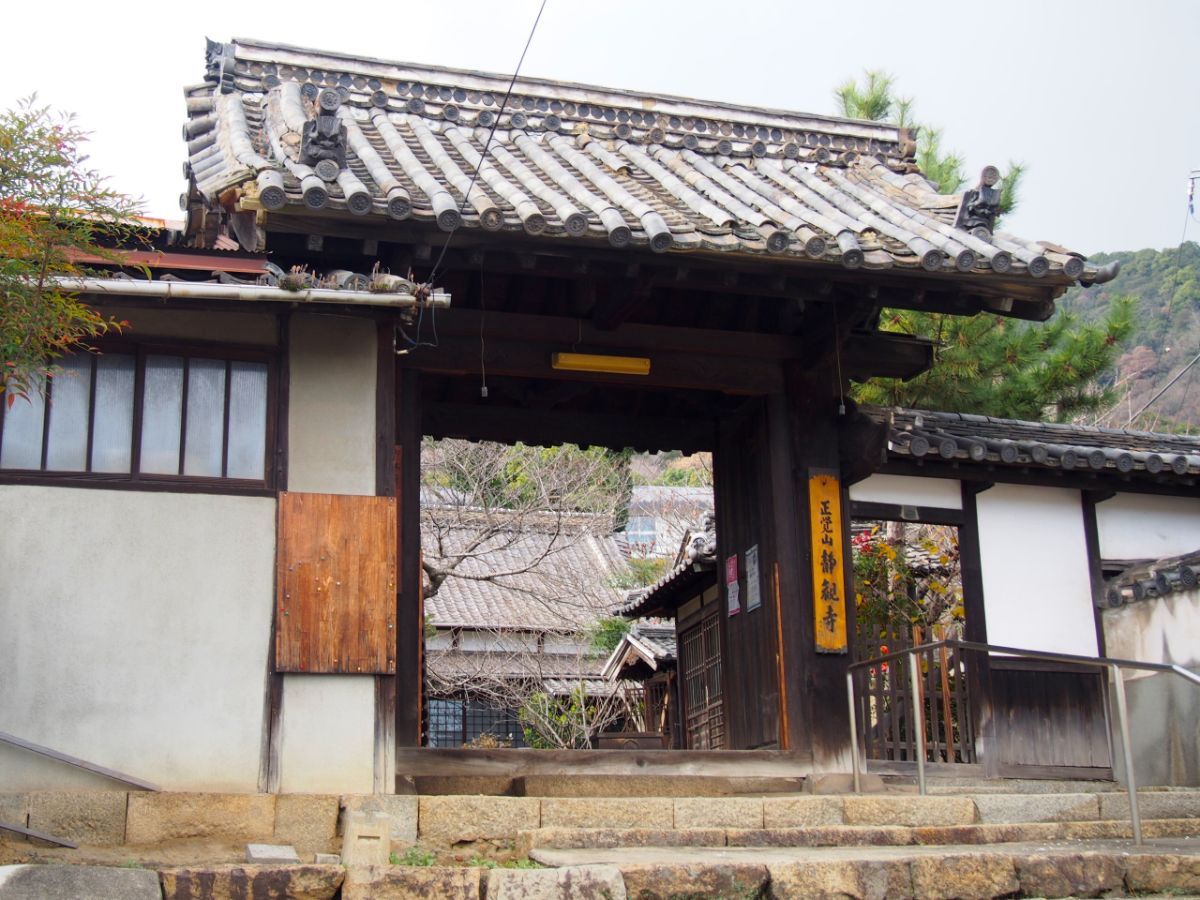
Erected in 806, Joukan-ji is the oldest temple in Tomonoura. There used to be two gojuu-no-tou (five-storied pagodas), but many cultural assets were burned down during battles and disasters.
Joukan-ji
Address / 1199 Ushiroji, Tomo-cho, Fukuyama-shi, Hiroshima
TEL / 084-982-3019
A tragic legend of a couple drowned for having an affair – Sasayaki-bashi
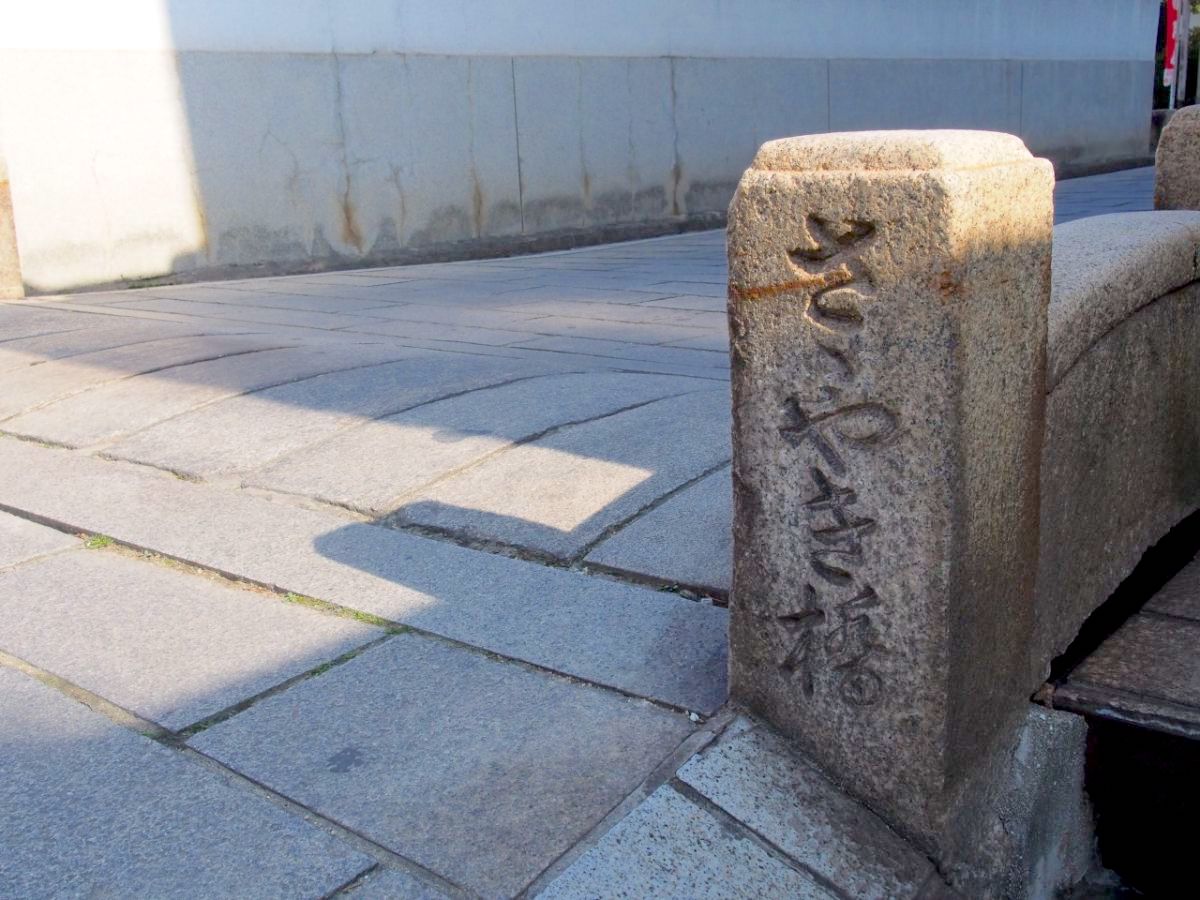
Once upon a time, a settaikan (person in charge of entertaining) and a kangi (female entertainers) were thrown from the bridge into the sea with their hands tied behind their backs for having an illicit affair. Since then, legend has it that you can hear the couple whispering at the foot of the bridge.
A renowned samurai who was buried in Tomonoura ―Yamanaka Shikanosuke-kubidzuka
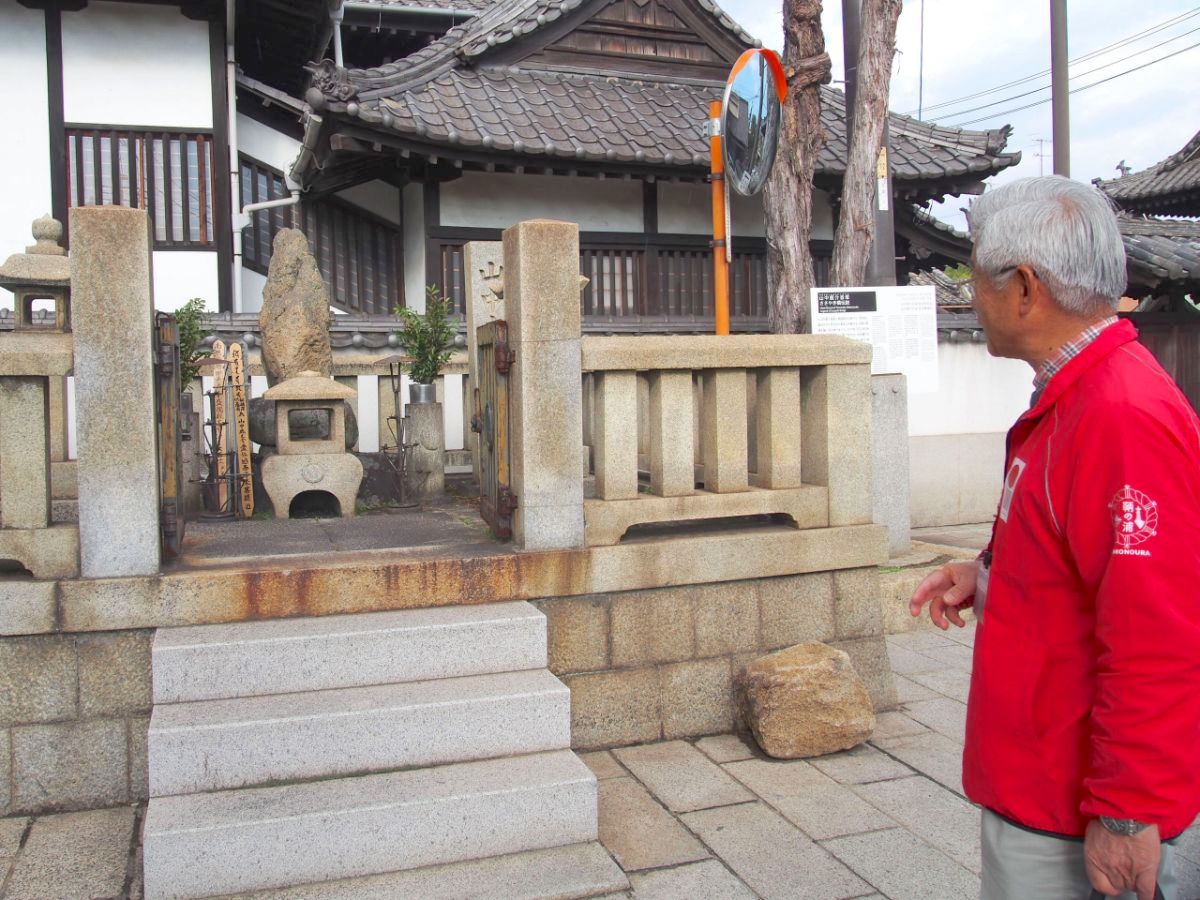
Yamanaka Shikanosuke, one of the members of Amako-jūyūshi (ten heroes of the Amago family), was defeated by Mouri. His head is said to be cut off during the battle and sent to Tomonoura to be buried.
The Edo Period Nagayamon transferred from Fukuyama castle ― Okamoto-ke Nagayamon (Okamoto Kametarou-Honten)
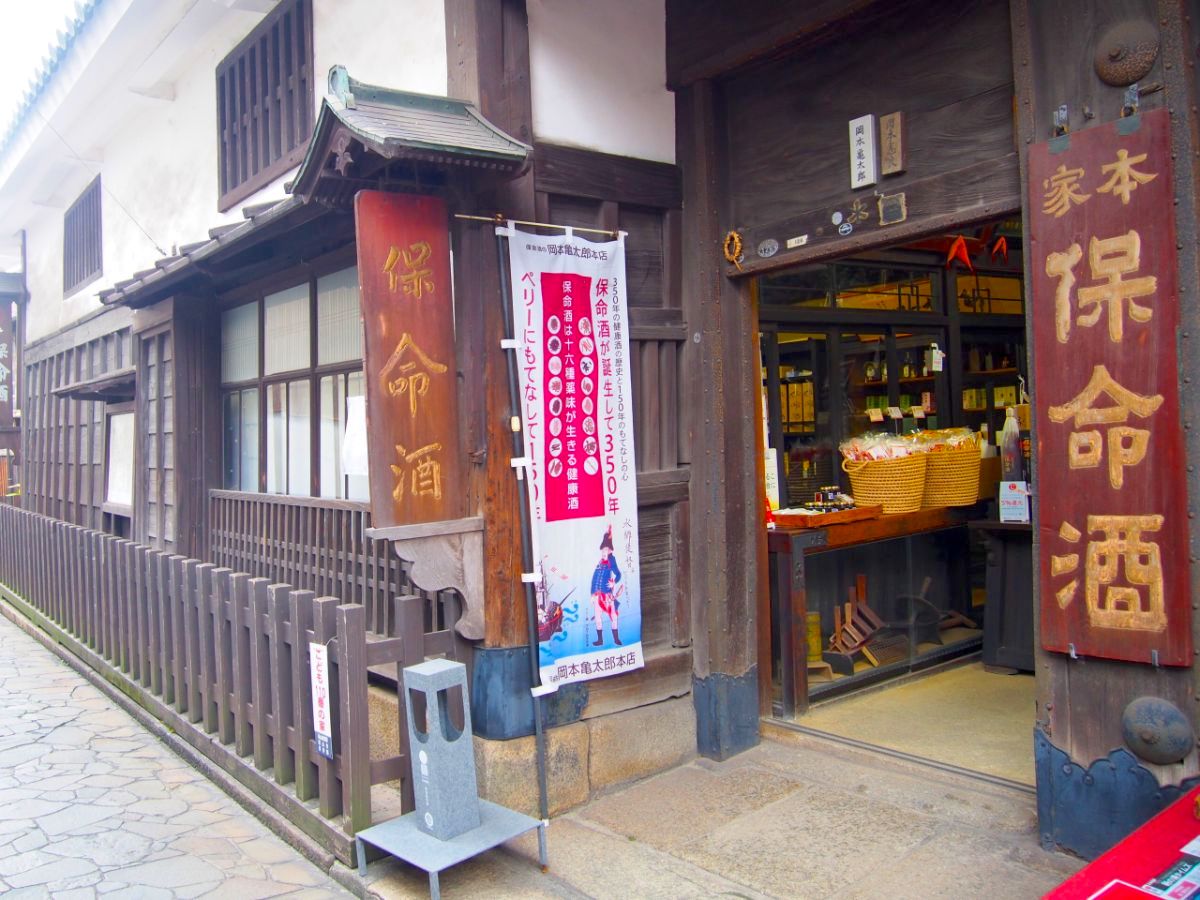
The store Okamotokametarou-Honten, one of the town’s Houmei-shu breweries, was renovated from nagayamon, a traditional Japanese gate from Fukuyama castle. The architecture is designated as an important cultural property.
Okamoto-ke Nagayamon (Okamoto Kametarou Honten)
Address / 927-1 Tomo, Tomo-cho, Fukuyama-shi, Hiroshima
TEL / 084-982-2126
Stone steps connecting the land and the sea – Gangi
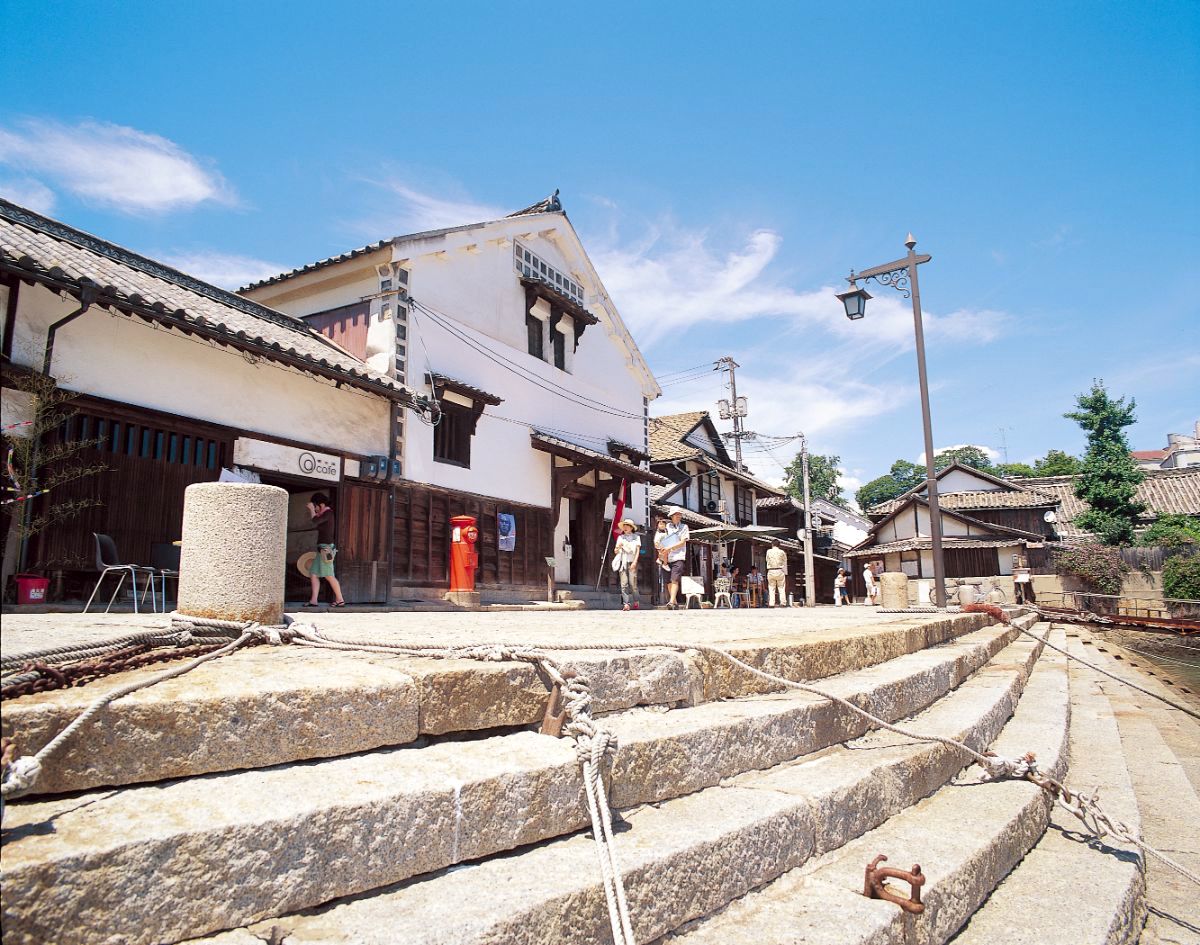
Gangi are the stone steps built along the sea for mooring boats. The Gangi built in the Edo period are now buried, but Hama no Ōgangi which was built in 1811 still remains.
(a cultural property of Japan Heritage in Fukuyama, Tomonoura)
A symbol of Tomonoura since the past times –Joyato
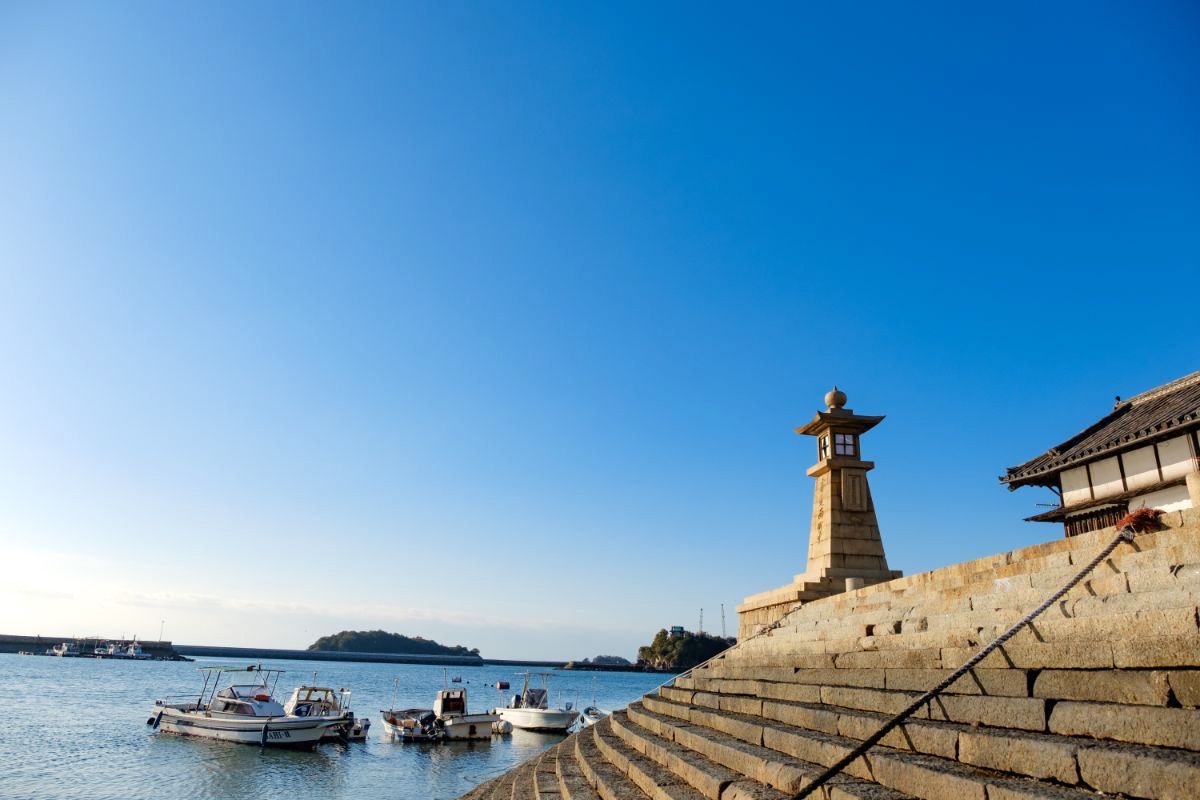
Joyato Lighthouse (all-night street lamp) was built in 1859. The Joyato in Tomonoura is the largest out of the still existing Joyato in Japan with a height of over 10 m (including the foundation under the water).
(a cultural property of Japan Heritage in Fukuyama, Tomonoura)
The house said to be the birthplace of Houmei-shu
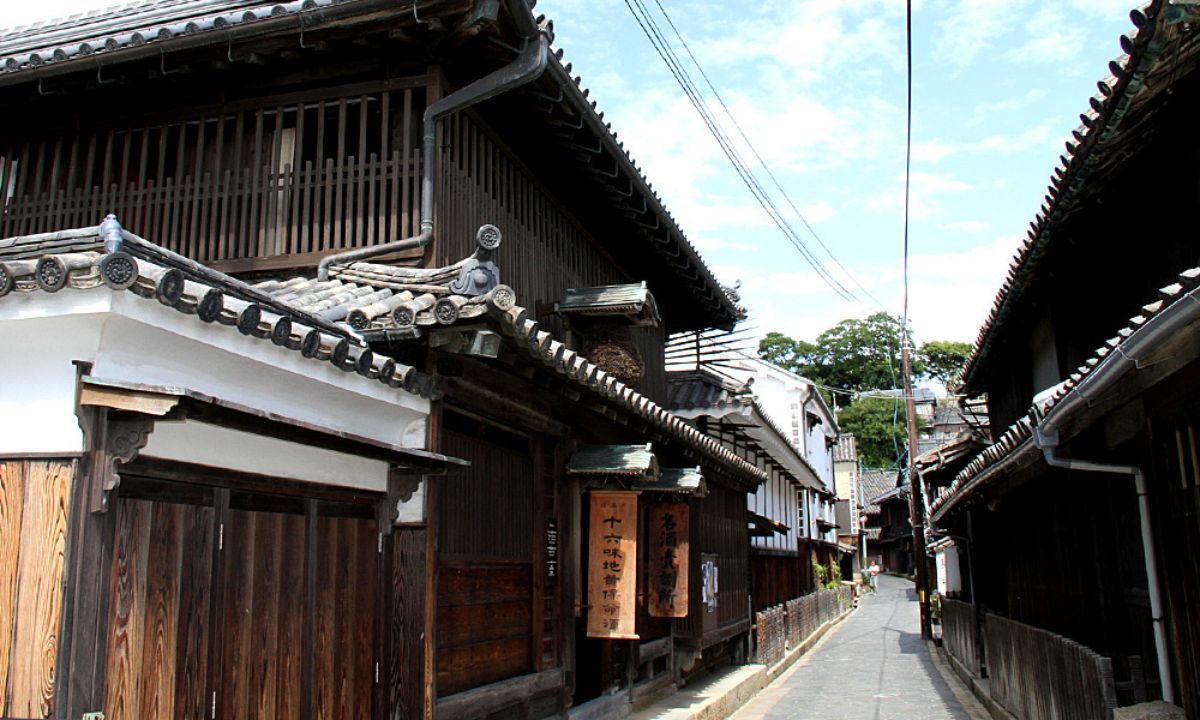
The Ohta family’s house on the path leading to Joyato is said to be the birthplace of Houmei-shu, a special alcohol made in Tomonoura. The house is also designated as an important cultural property for its structure, which remains the same as the Houmei-shu breweries surrounding the main house in the old days.
(Japan heritage Fukuyama Tomonoura constituent cultural property)
Ohta Residence
Address/ 842 Tomo, Tomo-cho, Fukuyama-shi, Hiroshima
Tel/ +81-84-982-3553
→ “Ohta Residence” – where Tomo’s herbal Houmei-shu was born!
Nakashi’s Rock Lifting Contest – Chikaraishi of Tomonotsu
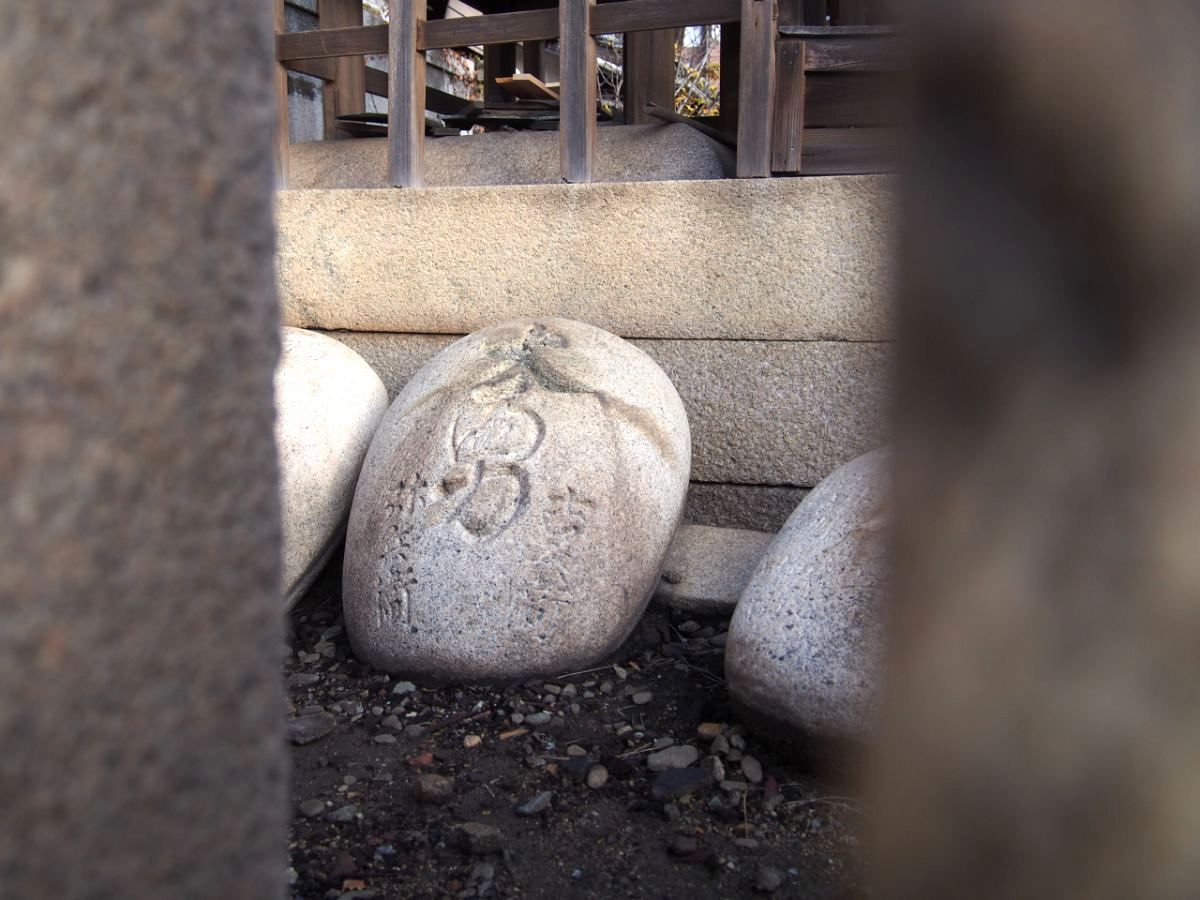
Tomonoura once prospered with many marine transportation businesses and many people worked as nakashi (manual laborers) who loaded and unloaded cargo. Nakashi are said to be proud of their strength and participated in a strength contest using chikaraishi (stones of strength) on the occasion of the festival. The weight of the stones is a surprising 118〜230kg!
(a cultural property of Japan Heritage in Fukuyama, Tomonoura)
The location of Ryoma Sakamoto’s desperate negotiation ― Ryoma Koushou-ato (Onfunayado Iroha)
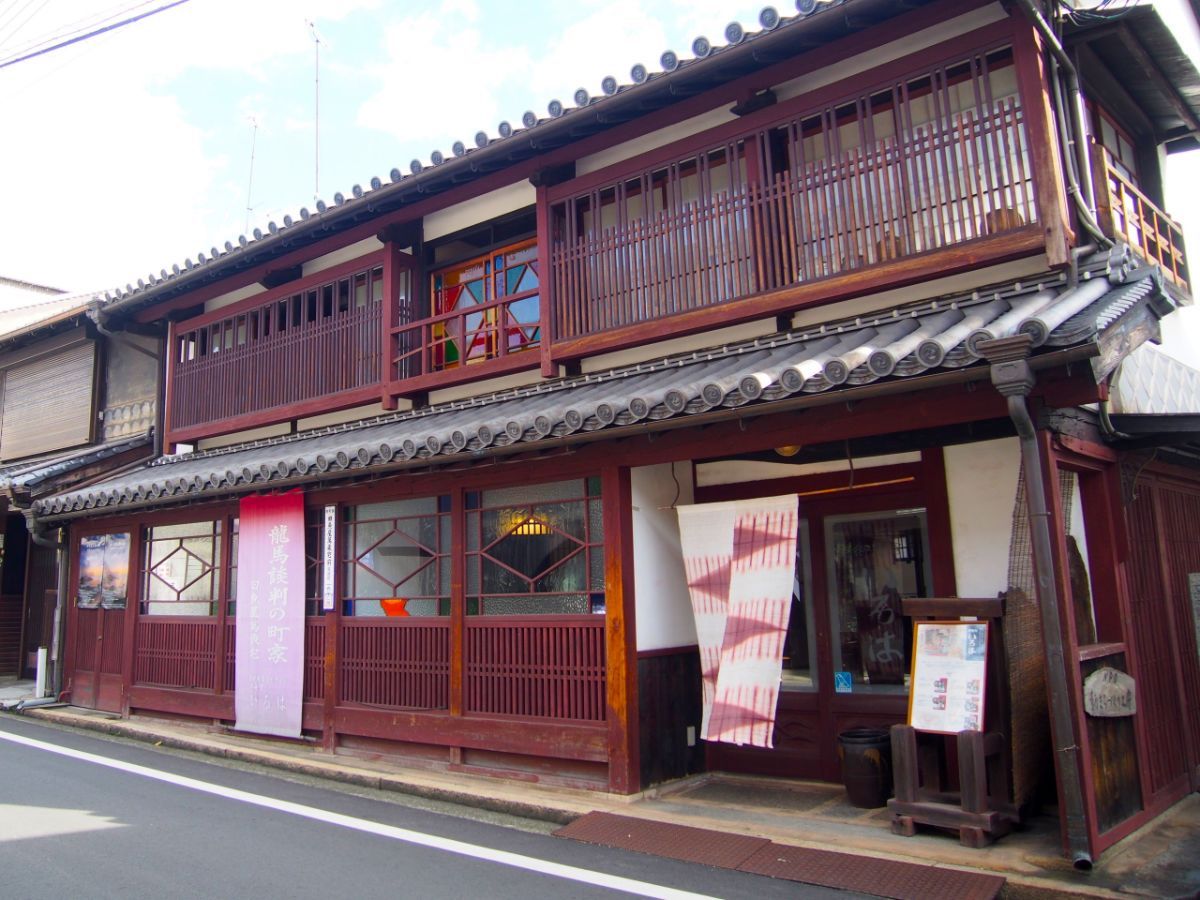
In 1867, the Irohamaru, a ship of Kaientai (a trading and shipping company and private navy), which samurai hero Ryoma Sakamoto was a passenger on, and the Meikou-maru, a warship of the Kisyu domain, collided off the shores of Tomo. Ryoma Sakamoto used this location for negotiations with the captain of the Kisyu domain warship over the damages.
Ryoma Koushou-ato (Onfunayado Iroha)
Address/ 670 Tomo, Tomo-cho, Fukuyama-shi, Hiroshima
TEL/ +81-84-982-1920
Travel back to the Edo period in a merchant’s house
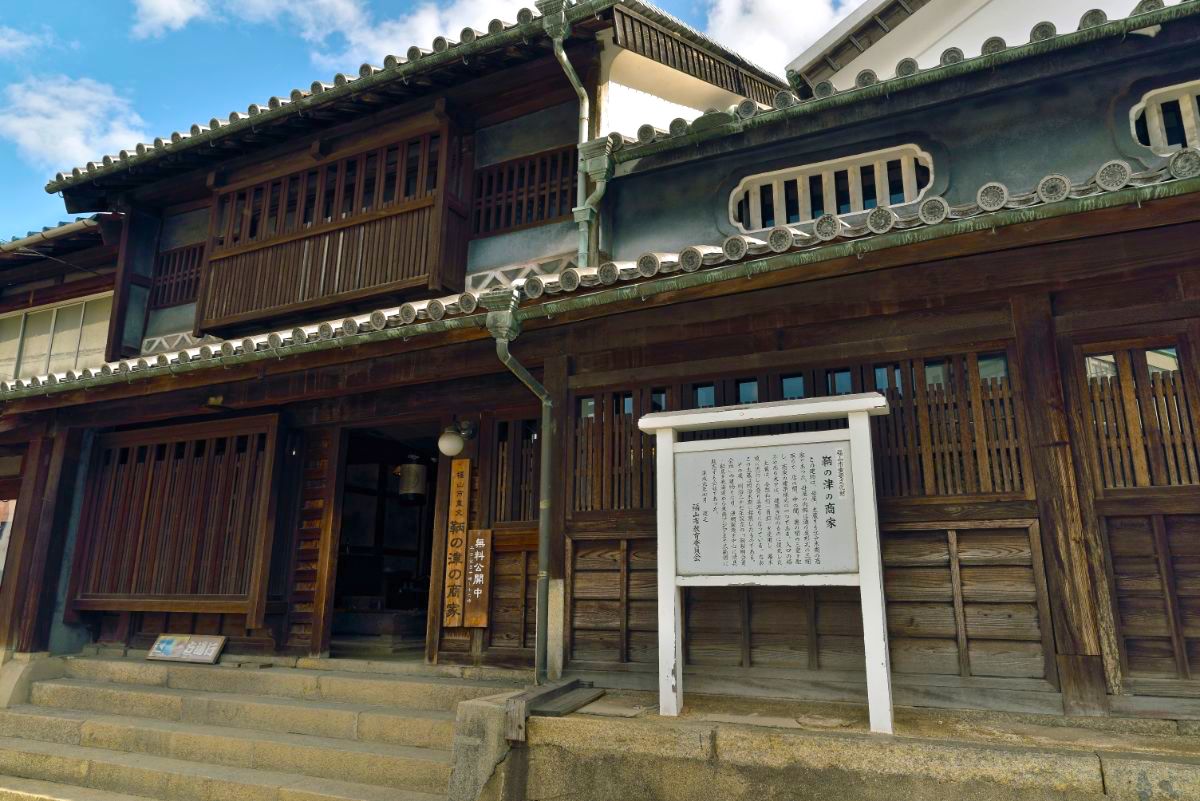
Tomotsu-no-Shoka (Tomonotsu Merchant) is designated as an important cultural property of the city for its architectural structure of a machiya (a traditional wooden house) of the Edo period. The house consists of an omoya (main house) with the characteristic layout of a merchant house and functional dozo (warehouse with walls made from dirt).
You will be impressed by the traditional equipment and furniture.
(a cultural property of Japan Heritage in Fukuyama, Tomonoura)
Tomotsu-no-Shoka (Tomonotsu Merchant)
Address/ 606 Tomo Tomochō, Fukuyama-shi, Hiroshima
TEL/ +81-84-928-1117 (Fukuyama City Cultural Promotion Division)
Opening hours / Saturday, Sunday and public holidays 10:00-16:00
Breathtaking beauty! A fascinating view from Fukuzenji Taichou-rou
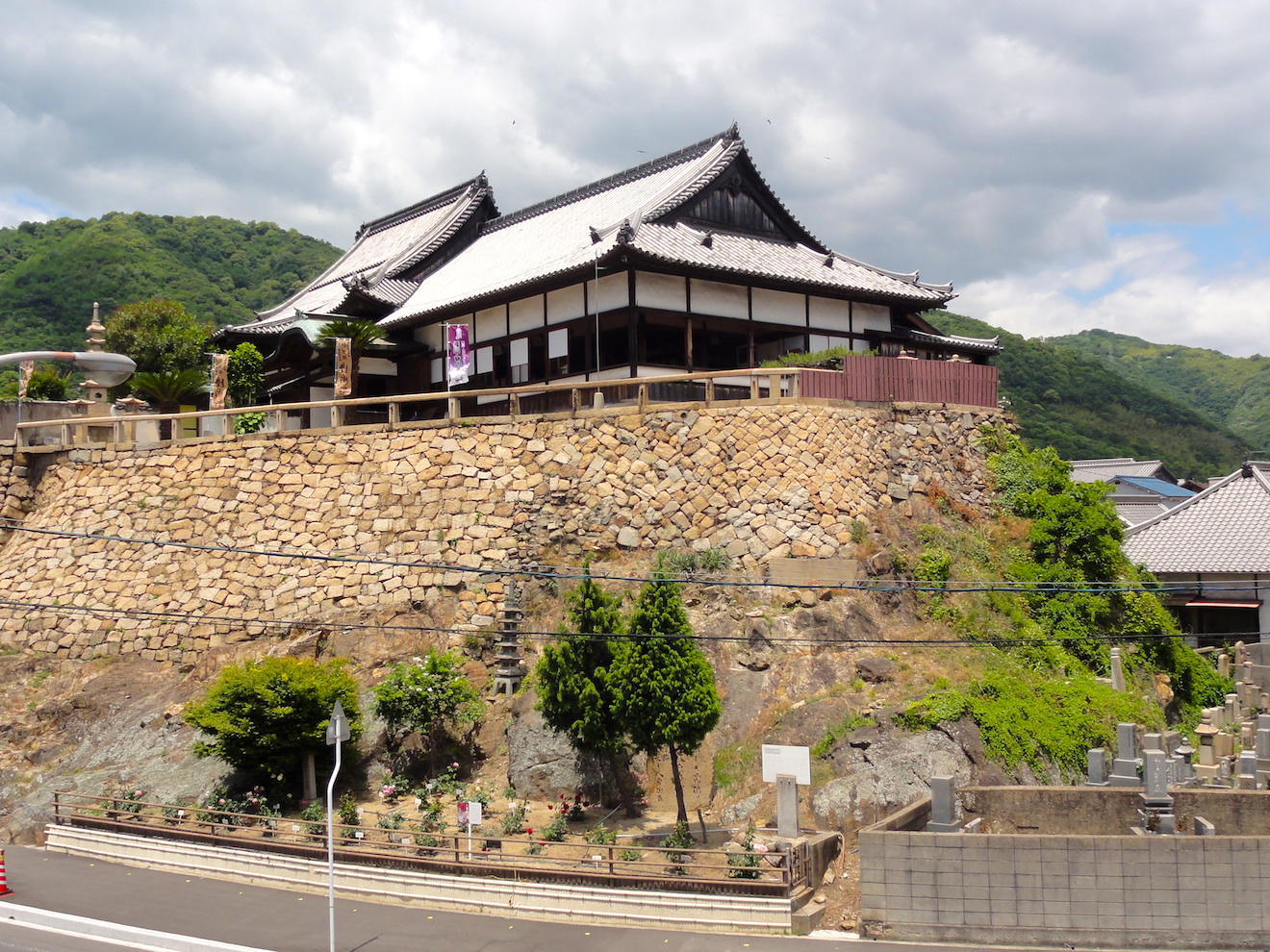
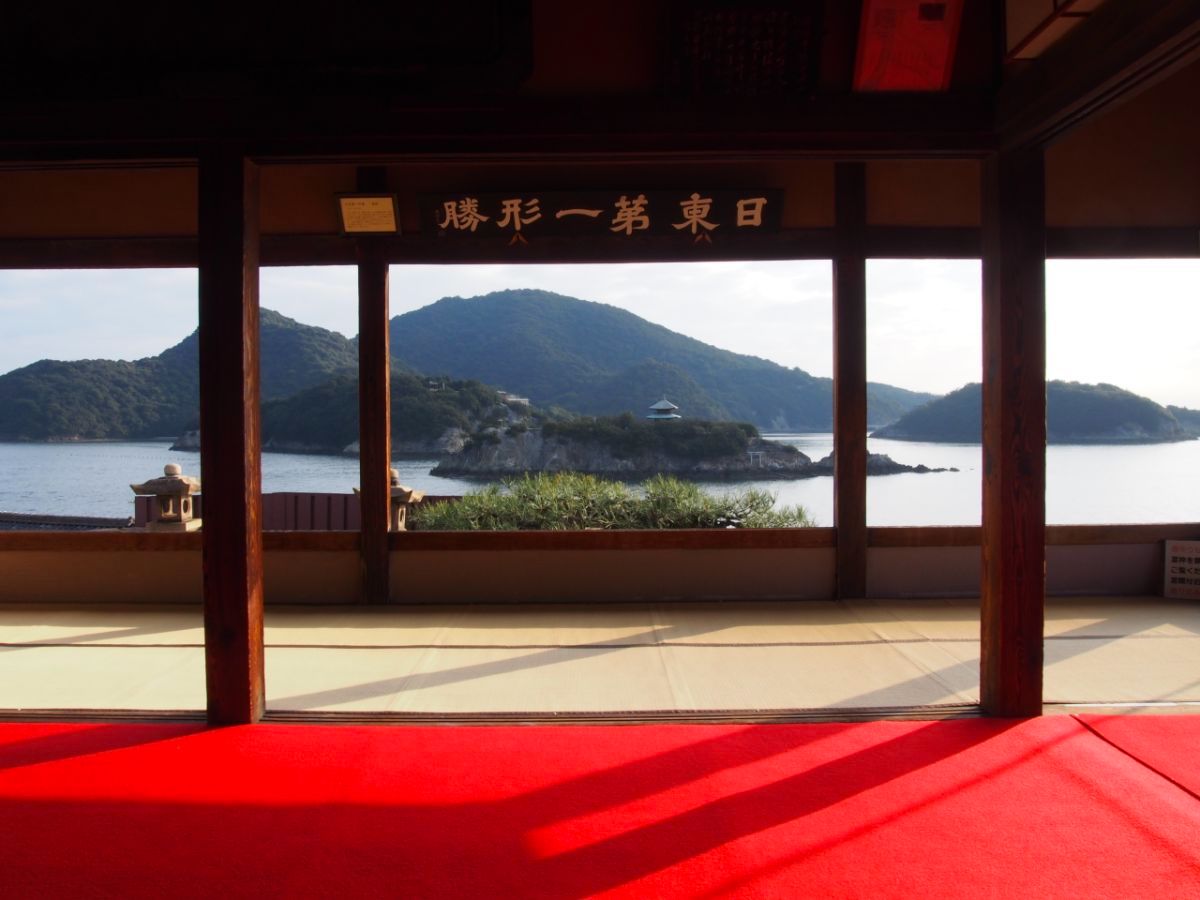
Fukuzenji Taichōrō, a reception hall of a temple Fukuzenji, stands on a hill with a massive ishigaki (stone wall). This is a perfect example of the beautiful scenery of Tomonoura.
Enjoy the panoramic view while sitting on tatami mats in the hall. You will see the splendid scenery through the window, framed like a picture..
Fukuzenji Temple
Address/ 2 Tomo, Tomo-cho, Fukuyama-shi, Hiroshima
TEL/ +81-84-982-2705
→ Taichou-rou – Stunning Scenery and Sutra Calligraphy at Fukuzenji Temple
Feelings of Ohtomo no Tabito remembering his deceased wife ―Muronoki-kahi (a monument with a poem)
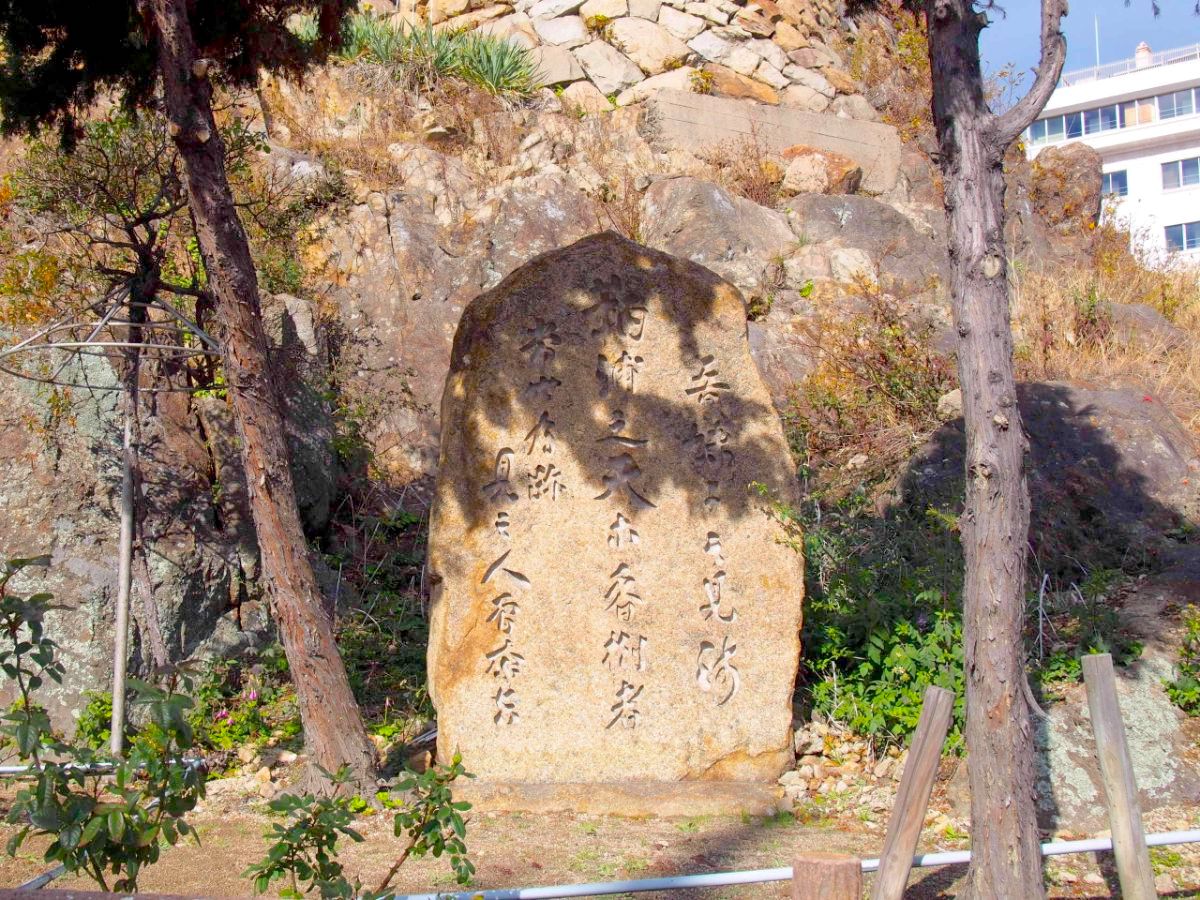
Manyou-shu, the oldest collection of Japanese poems, includes eight poems about Tomonoura, and one of them is inscribed on a kahi (a monument with a poem).
“Wagimoko ga mishi / Tomonoura no / Muronoki ha / Tokoyo ni are do / Mishi hito so naki”
(My beloved wife saw / at Tomonoura / the juniper needle/ though in the aeon / no one else ever saw)
The poem, said to be composed in 730, is considered a masterpiece in Manyou-shu (the oldest existing collection of Japanese waka).
A roukaku with a wonderful view named by Rai Sanyou –Taisensuirou
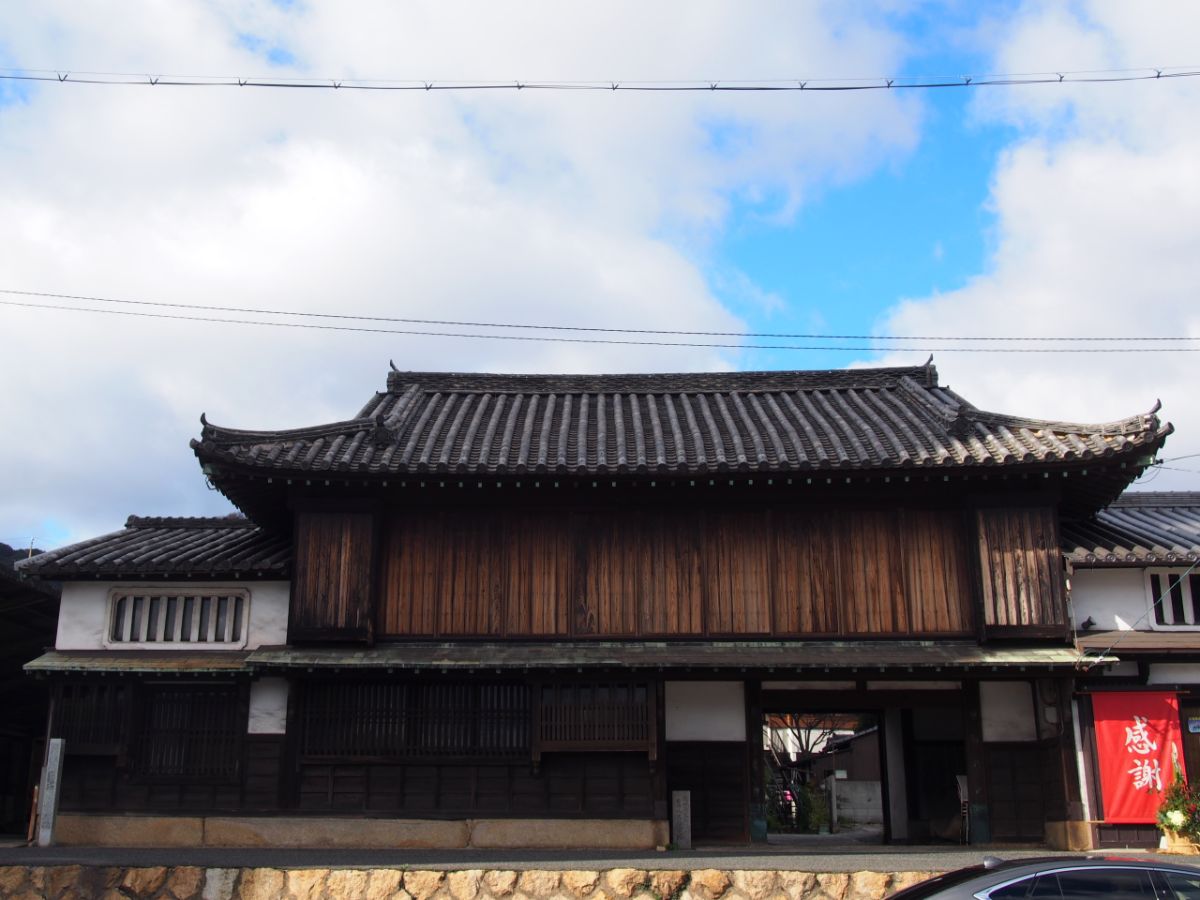
A roukaku (a multi-storied tower) built by Osakaya, a wealthy merchant of Tomonoura. The second floor is a zashiki (a Japanese style room) with a panoramic view of Bentenjima and Sensuijima islands.
(Japan heritage Fukuyama Tomonoura constituent cultural property)
Taisensuirou
Address/ Tomo, Tomo-cho, Fukuyama-shi, Hiroshima
A hidden room in the attic where Ryoma Sakamoto hid – Masuyaseiemon-house
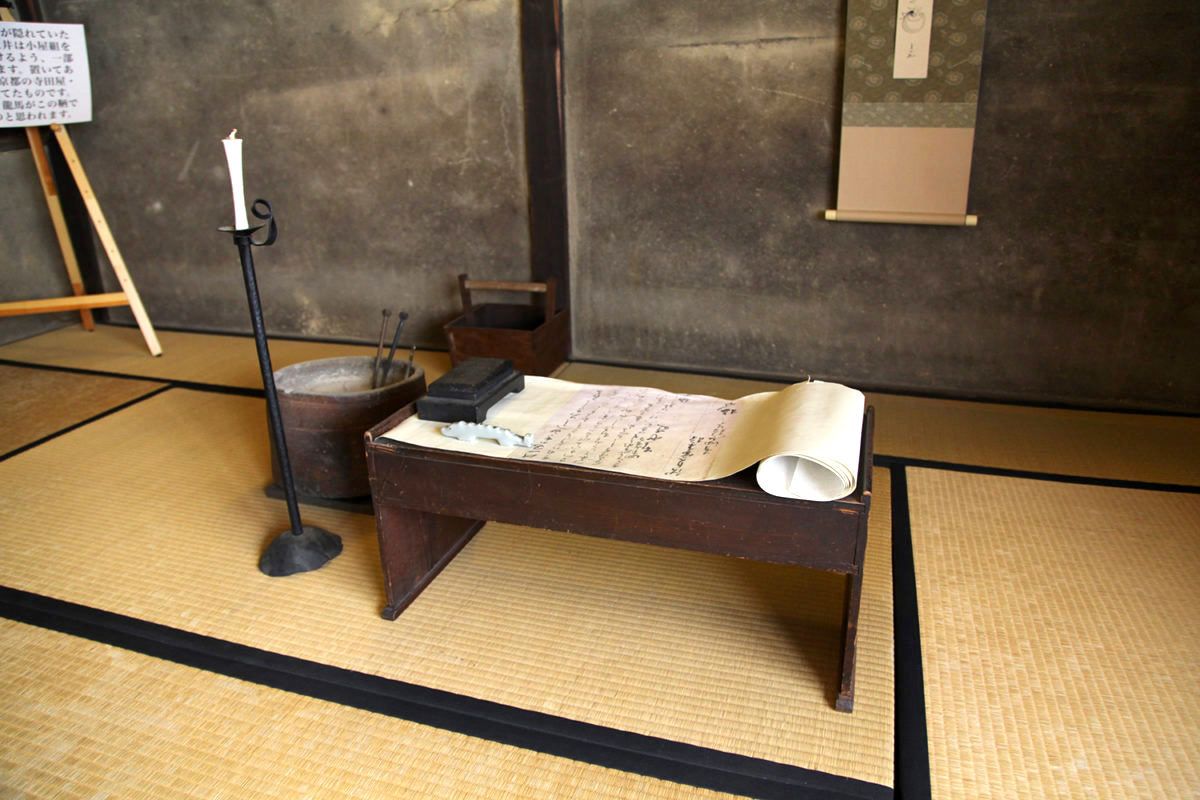
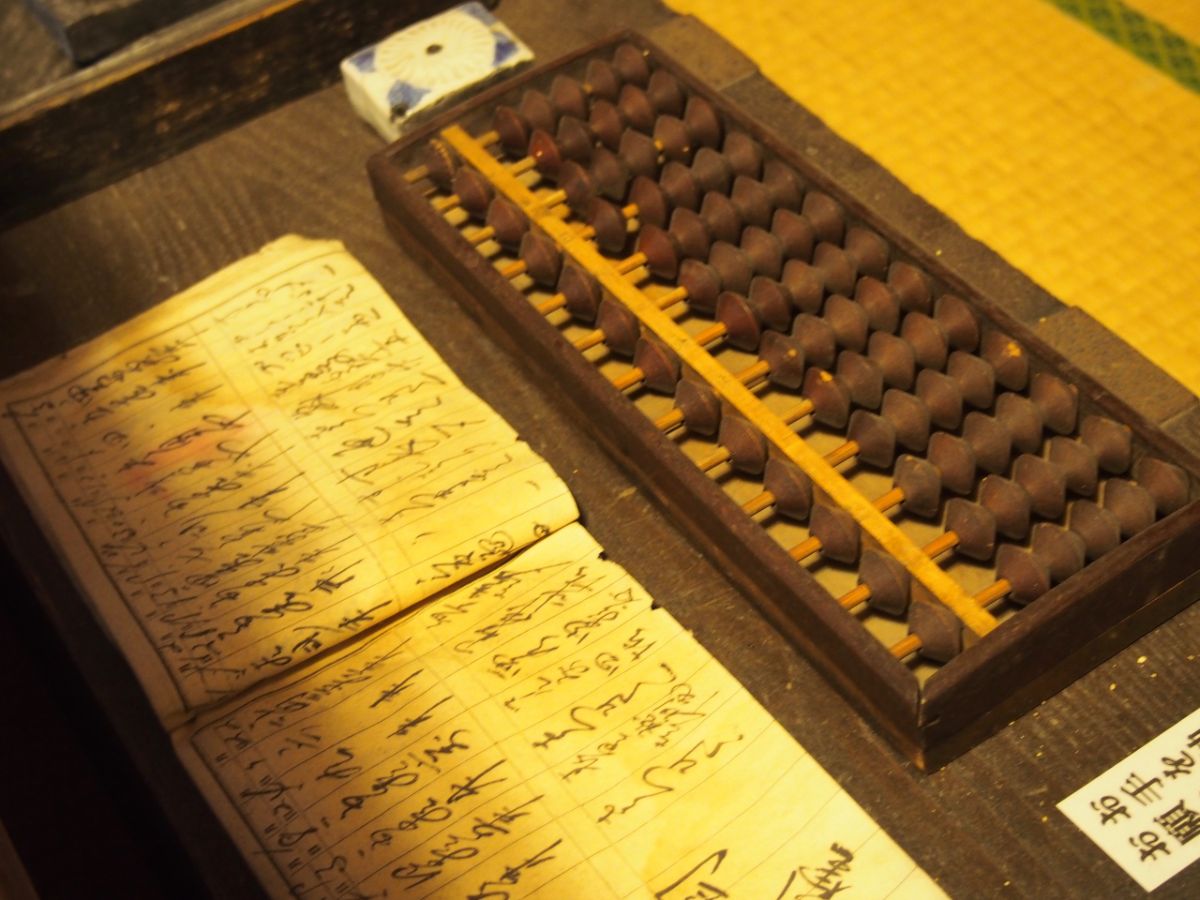
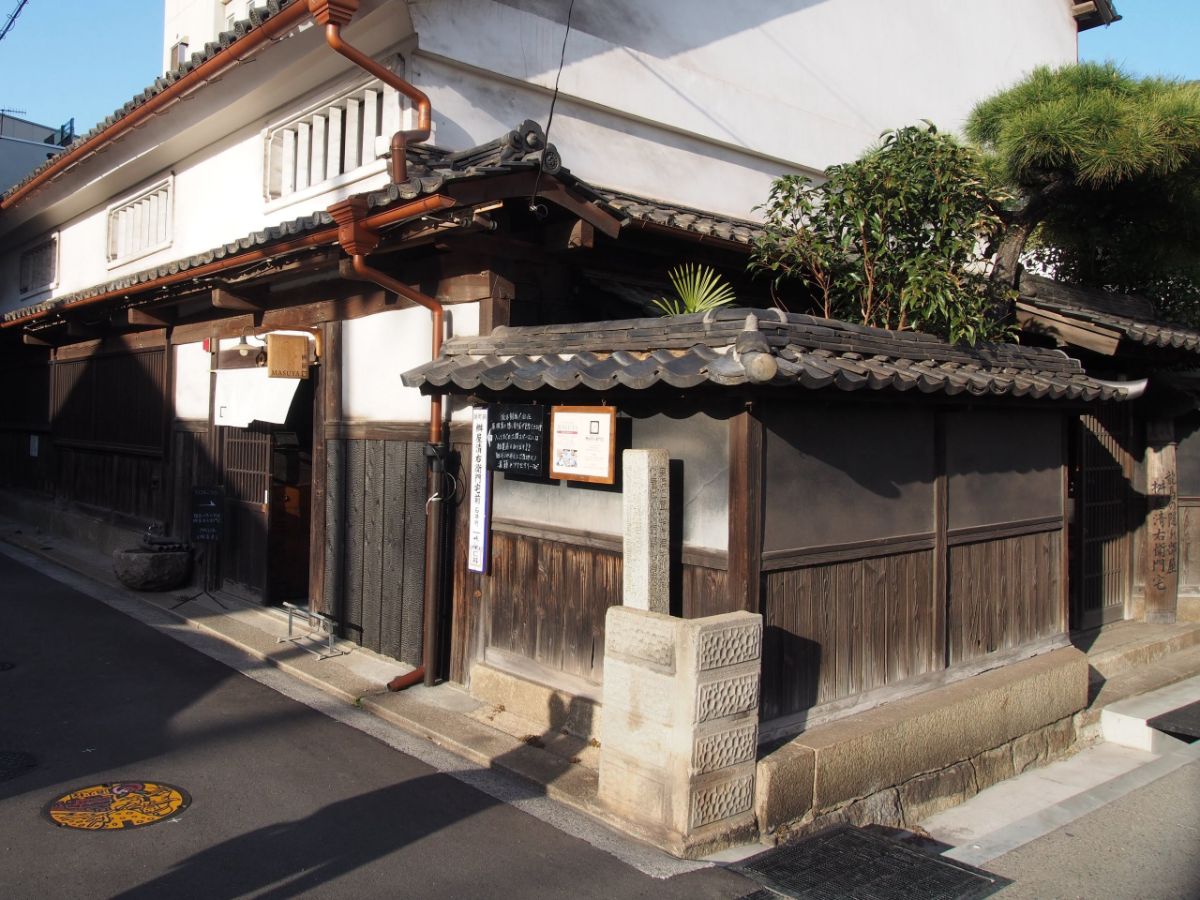
Masuya Seiemon-house was a merchant house and a shipping agency when Ryoma Sakamoto (a Japanese samurai hero in the Edo period) visited for stay. You can visit the hidden room in the attic: Ryoma’s hiding place when he was targeted by assassins.
Masuya Seiemon-house
Address/ 422 Tomo, Tomo-cho, Fukuyama-shi, Hiroshima
TEL/ +81-84-982-3788
→Ryoma was hidden in the attic!? “Ryoma’s hideout”
Check out our other routes for visiting places related to Ryoma Sakamoto and for activities like enjoying hot springs and eating gourmet foods in Tomonoura.
